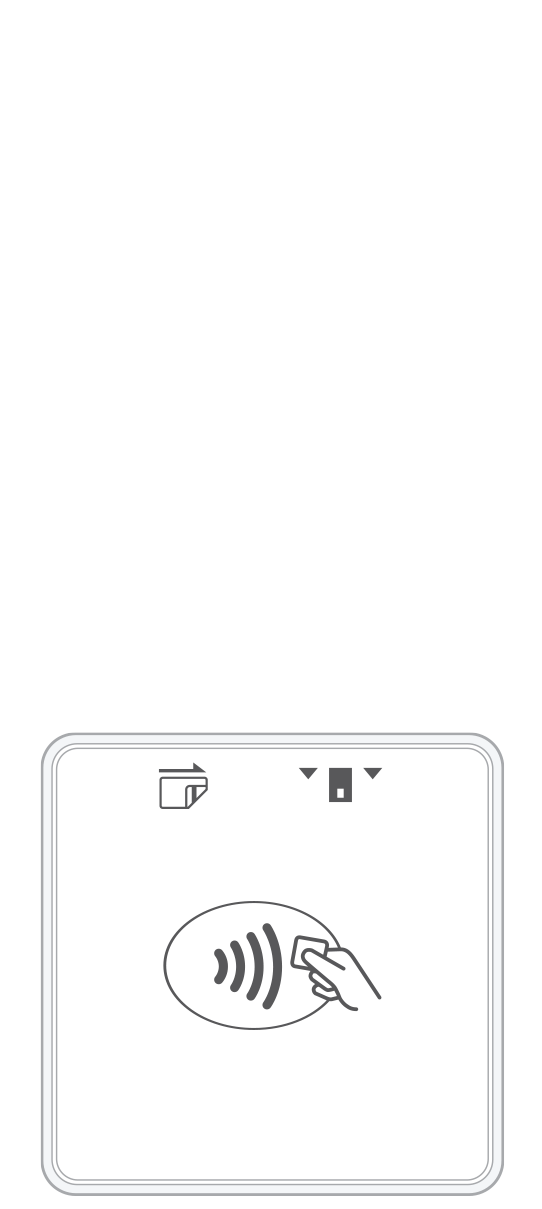2025 SMB payment trends

Whether you accept online payments or only complete customer purchases at your in-person location, your small or medium-sized business (SMB) is subject to the latest trends in an industry that’s designed to enhance the user experience of making and completing a purchase.
Only by identifying what these trends are, and how they might affect you, can you address them head-on, pivoting your operations to meet the challenges and opportunities they represent.
Check use continues to fall.
We have long heard that cash is declining in popularity, and even that its use will soon deflate to zero. However, checks are truly the payment method that is on life support as 2025 approaches.
Already, major retailers such as Amazon, Target, Old Navy, and Lululemon have a no-checks-accepted policy.
Implementing this change can help to reduce the costs associated with check processing and acceptance, as well as to lower risks such as fraud that often come with this antiquated purchasing option.
Debit and credit card transactions, including peer-to-peer choices such as Venmo and PayPal, are quickly filling the void that soon-to-be-obsolete checks will leave. These online and in-store payments options represent lower costs for business owners, while simultaneously providing top-of-the-line security protocols that protect sensitive customer payment data throughout all phases of a transaction.
Expansion of Buy Now, Pay Later.
Buy Now, Pay Later (BNPL) became wildly popular during the pandemic, and remains widely used by consumers in the traditional retail space. It enables buyers to split the cost of a purchase into interest-free installments while receiving immediate access to the product. This type of arrangement can be enacted by using both traditional stationary terminals and mobile payments.
As the months go by, BNPL is also projected to grow into other sectors. These are expected to include housing and utilities, travel, car payments and repairs, and even groceries.
This will be possible because providers such as Affirm and PayPal will be offering higher spending limits for their short-term, low-interest financing options.
Increased use of Independent Software Vendors.
Independent Software Vendors (ISVs) offer companies a chance to purchase software products that are autonomous from their main solutions. These products are usually designed to meet a specific need such as managing sales data, or finances.
These systems help to streamline the customer payment process, leading to a smoother and more secure user experience.
Since options such as digital wallets can be pre-integrated into the configuration, customers can make use of the digital and mobile solutions that already reside in their wearables and smartphones.
New players in the payments ecosystem.
In October of 2023, the Consumer Financial Protection Bureau (CFPB) proposed an Open Banking Rule that was designed to increase payment offerings to consumers in the funds transfer space. As a result, many nonbanking financial companies (NBFCs) will soon be the subjects of both additional opportunities and extra regulatory scrutiny.
As a result, these companies will be expected to comply with additional privacy provisions and consumer protections.
For instance, these new regulations will ensure that consumers using methods such as Buy Now, Pay Later receive the same protections that they would get when making a more traditional type of purchase, including the right to dispute it, as well as to get refunds.
Increases in embedding.
Nesting one process inside another is everywhere these days. For years, ecommerce platforms have embedded payments into platforms. Now, this trend has expanded to encompass embedding lending opportunities into the checkout experience, identity into payments, banking into virtual accounts, and much more.
With time, embedding will only increase. What’s more, it will become so seamless that the end user may not even realize that it is there.
Continued popularity of subscription billing.
Businesses of all types and sizes are quickly jumping on the recurring billing bandwagon.
When customers agree to this type of arrangement, they provide their payment details and elect to have withdrawals made from their bank or credit card account at predetermined frequencies, usually on a set date each month. This goes on until the terms of the contract end, usually when the bill is resolved, or when the specified time frame has run out.
Both customers and business owners appreciate the regularity and dependability of this structure, which makes budgeting easier for everyone involved. Entrepreneurs also enjoy the fact that subscriptions lead to greater patron longevity, giving them numerous opportunities to further enrich their relationship with the customer.
Add in some systems that keep track of expiration dates and automate communications, and companies can settle on a model that, while not strictly set-it-and-forget-it, pretty much runs itself most of the time.
The only thing that we know for certain is that the payments industry is evolving. As the owner of a small or medium-sized company, it is important to keep your ear to the ground, so that you can adjust to this dynamic environment.
This will enable you to continue to provide your customers with the safe and seamless checkout experience that they will continue to demand.
Related Reading
 3-in-1 Reader |  Terminal |  Keypad |  PINPad Pro |  Flex |  POS+ | |
|---|---|---|---|---|---|---|
Payment types | ||||||
EMV chip card payments (dip) | ||||||
Contactless payments (tap) | ||||||
Magstripe payments (swipe) | ||||||
PIN debit + EBT | ||||||
Device features | ||||||
Built-in barcode scanner | ||||||
Built-in receipt printer | ||||||
Customer-facing second screen | ||||||
External pinpad | ||||||
Wireless use | ||||||
Network | ||||||
Ethernet connectivity | With dock | |||||
Wifi connectivity | ||||||
4G connectivity | ||||||
Pricing | ||||||
Free Placement | ||||||